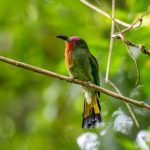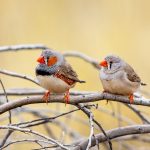The Vineyard Gazette has been Martha’s Vineyard’s newspaper of record for the last 157 years. While the Bird News column does not seem as if it’s been running for that long, it does the paper proud. I’ve never been to Martha’s Vineyard, but I imagine the Core Team would feel quite welcome in a community that supports this level of ornithological journalism.
In a recent article, the author, Susan B. Whiting explores the utility and accuracy of common names vs. scientific (Latin) names. I’m sure that most birders will find the following paragraph amusing:
There are, however, common names that one wonders if the person naming them had had one too many martinis. A few examples include sharp-shinned hawk, green heron and semipalmated plover. Scientists who were naming birds many years ago did not have the optics available to us, so they shot specimens to study them and name them. If you visit the Museum of Comparative Zoology at Harvard and look at the study skins (dead birds), you will understand two out of the three common names of the birds mentioned above. With the bird in hand, you can see that our little accipiter does indeed have sharp shins. No way can this be seen in the field with binoculars or scope. The feet of our common summer plover are partially webbed (semi-palmated), but that is not a field mark seen by optics. And then there is the green heron. If you spend a long time looking at the green heron study skin or through a powerful spotting scope, you might decide the back of this little heron has a greenish tinge to the gray feathers or that the crown has a green wash on its black feathers – but you could have fooled me!
This is the kind of though-provoking journalism sorely lacking in some of our more prominent rags.













Leave a Comment